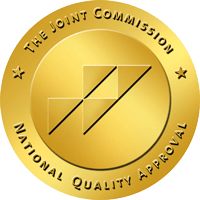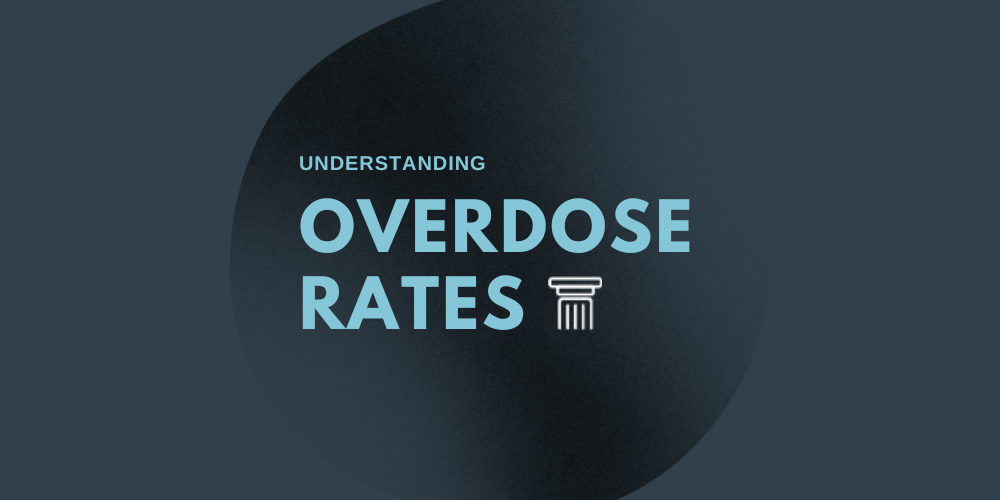According to the Drug Policy Alliance, drug overdose deaths reached an all-time high of 107,600 Americans in 2021. That number is a dramatic increase over previous years and is higher than the rate of people who died from other causes such as suicide and AIDS.
Though this statistic is alarming, it might be unsurprising if you are aware of the nationwide drug epidemic and its increasing severity. In observation of International Overdose Awareness Day on Aug. 31, how did we reach this point, and what can we do to stop our drug overdose problem?
The Drug Overdose Crisis
The drug epidemic affects people from all walks of life and has spread across the entire nation, from low-income, blue-collar neighborhoods to wealthy suburban communities. For many people, the trouble begins when their doctor prescribes them a drug like opioids or benzodiazepines to manage conditions like chronic pain or anxiety. Because these medications are so powerfully addictive, even short-term use can leave someone vulnerable to abuse.
Some prescription users may turn to illegal means of getting more of these drugs when their doctor is no longer willing to provide them. Often, these illegitimately obtained drugs are tainted with contaminants or even more potent drugs like fentanyl. These dangerous combinations have sharply increased the risk of accidental drug overdose deaths.
Most Drug Overdoses Are Preventable
Accidental drug overdose remains a leading cause of death in America. Tragically, it’s entirely possible to prevent and even reverse drug overdoses, but there is a lack of knowledge about how to do so.
Many complex underlying causes contribute to our national drug overdose and addiction crisis, and there is no quick fix for these issues. If we, as a nation, genuinely want to find solutions to ending the current crisis, we need to support evidence-based, medically proven harm reduction and treatment interventions.
Harm reduction is the opposite of stigmatizing people with substance abuse problems. It’s a compassionate, humanistic approach that views addiction as a disease, not a moral failing. Ultimately, the goal of harm reduction is to create more avenues for people to seek care without fear of facing judgment or punishment.
Why Do People Continue Abusing Drugs?
An inherent risk of long-term drug use is that withdrawal makes it challenging – and even dangerous – to stop using without support. Quitting these drugs abruptly can cause severe side effects, including symptoms that are more severe than the reason you started using drugs to begin with.
If you are physically and psychologically dependent on drugs, you should not try to stop using them without medical supervision and controlled addiction detox. In a detox treatment program, you can get the help you need to taper off drugs slowly, safely and comfortably while avoiding a relapse.
Find Your Solution at Pillars Recovery
At Pillars Recovery, we provide cutting-edge addiction treatment for men and women in sunny Southern California. Our single-gender campuses provide a high standard of care that teaches our clients how to live fulfilling, substance-free lives. Contact us today to learn more about our unique Triple Diagnosis program and the complete continuum of care we offer.







